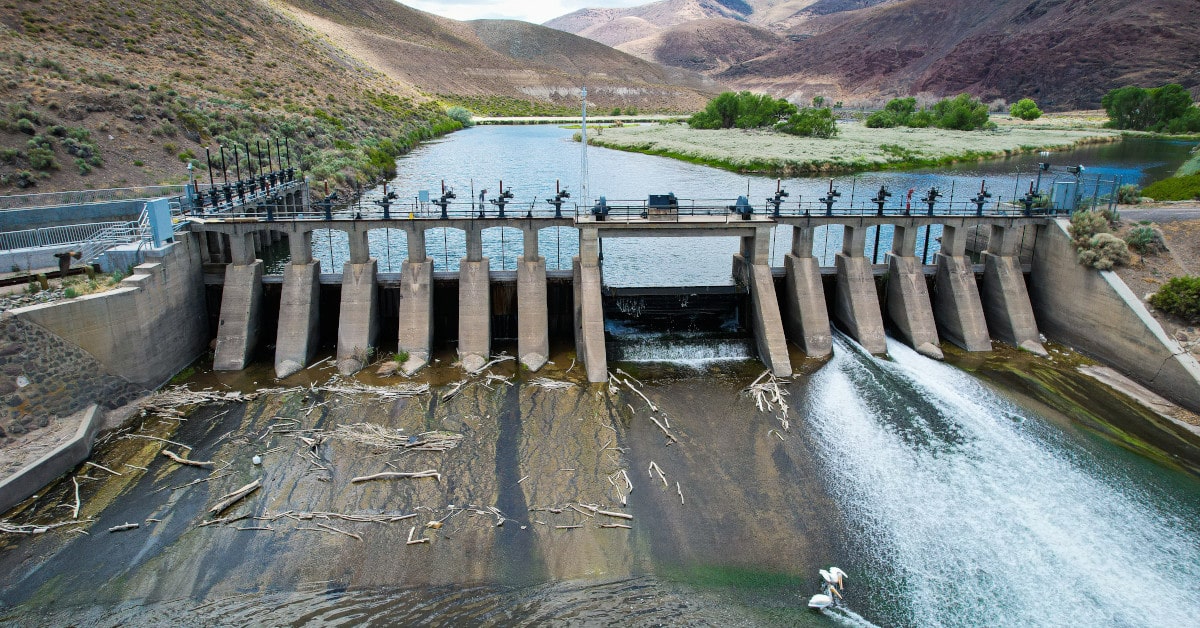A lthough the planned new hydropower projects have a significant negative impact on the environment, the current NECP and some of the scenarios in the draft revised NECP still encourage the construction of large hydropower plants.
– The current NECP, and some of the scenarios in the draft revised NECP, promote the construction of large hydropower plants.
– They have a significant negative impact on the environment.
– Solar and wind energy should be the answer.

Hydropower is often promoted as a ‘clean and green’ energy source, but it is a false solution to tackle climate change. In Slovenia most of the hydropower potential has been already used, while there is too little remaining potential to be able to justify negative environmental effects of large hydro plans proposed in scenarios of draft revised NECP.
Taking the Sava River as an example, the implementation of the investment plan for large hydroelectric plants on the river would be fatal for many species. These plants are also problematic as they cause a decrease in groundwater levels and a consequent deterioration in drinking water quality. In the case of the middle Sava region, drinking water of a significant part of the population in Slovenia could be affected, especially its largest city – Ljubljana.
Pristine and intact rivers also represent an important carbon sink. Water storage reservoirs created by hydropower dams are, in contrast, a significant source of greenhouse gas emissions, due to the decomposition of organic matter in these reservoirs. Therefore, large hydropower plants do not represent a clean source of power.
Research in Europe and around the world confirms the far-reaching negative consequences of damming rivers, making the construction of hydropower plants at this time socially and environmentally unacceptable.
The planned development of hydropower plants in the last remaining intact and protected areas of the Sava is in contradiction with the European Green Deal, which, in order to urgently protect biodiversity and restore degraded ecosystems, sets the target of restoring at least 25,000 kilometres of EU rivers by 2050.
There should be no place in the revised NECP for large hydropower plants. Their current potential is small compared to their environmental damage. In the Slovenian context, solar and wind energy are less harmful, less developed and should therefore be the focus of new energy development. Slovenia ranks at the bottom of EU countries in terms of newly installed solar and wind capacity, and there is a lot of work to be done in this area.
If we want to tackle both the climate and biodiversity crises, we should move away from such environmentally destructive measures and focus on wind and solar power.

